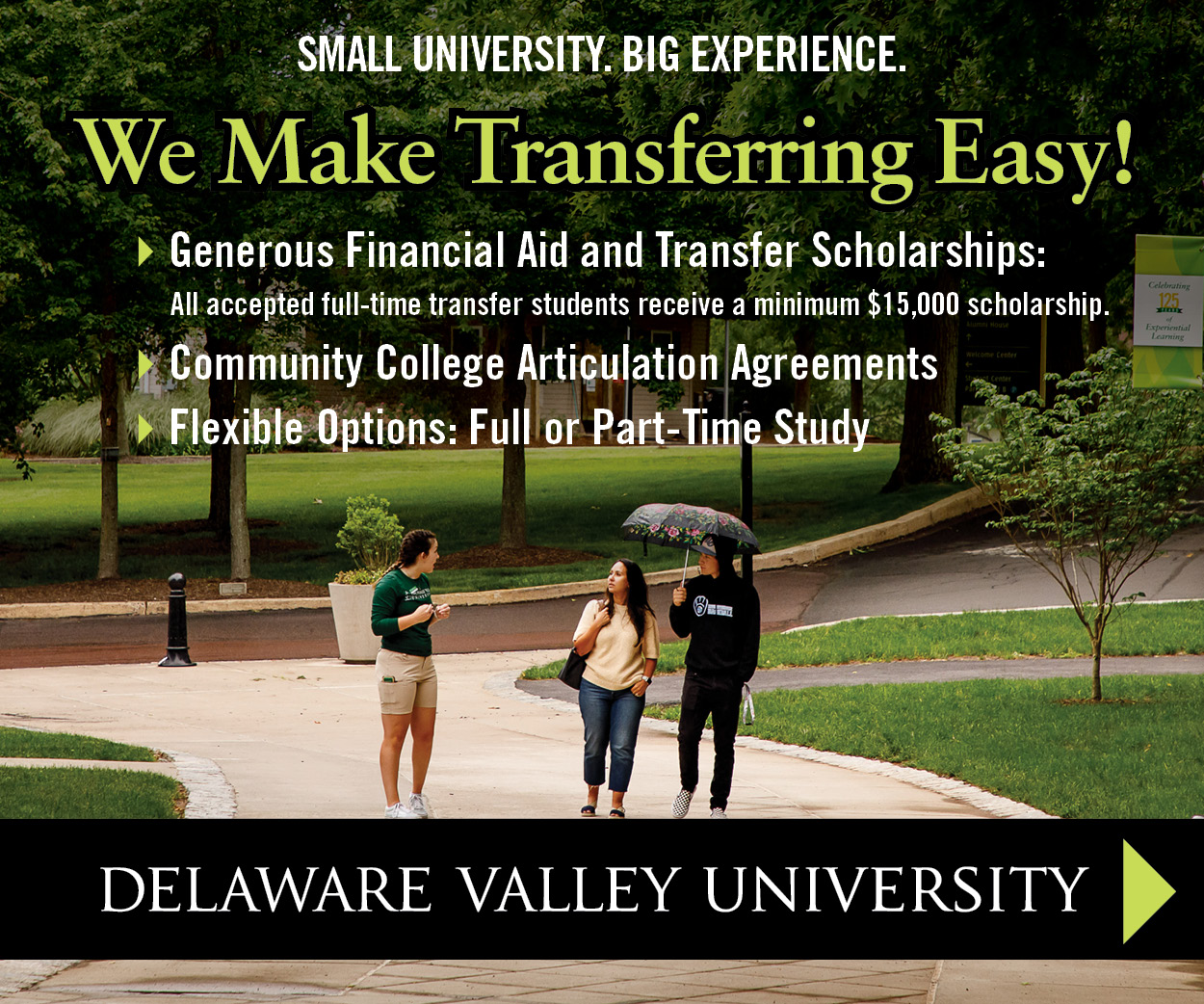When it comes to the news the way Americans, are consuming it is changing. More and more people are turning to digital outlets or relying on those close to them to get their news.
According to the PEW Research Center, 2015 was the worst year for newspapers since the recession in 2010. A major adjustment of newspaper companies has been the shift from print to digital formats, where they can offer a subscription service and deliver the news to your phone or tablet every morning. But while this could prove to be cost effective, it’s also changing the way we find and consume news.
“We consumers are used to ‘pulling’ or seeking out the information we want,” said Shawn Queeney, associate professor of communication studies at Bucks. “We don’t wait for it arrive on our front doorstep on print and we don’t want to wait until it is covered in the 6 o’clock TV broadcast.”
But can people really be unbiased when choosing which news articles they will give credence to? A recent study from Ohio State University found that people do, in fact, tend to pick news that fits their views.
After observing how 156 college students spent five minutes reading various magazine articles, they found that students spent 36 percent more time reading articles that agreed with their point of view, and that they ultimately had a 58 percent chance of choosing articles that supported their views.
How often have you seen a political post you disagreed with on Facebook and flirted with the unsubscribe button? What about if you agreed, did you “like” it? Sharing is one another way that the digital era has changed our media habits. Subscriptions to reputable outlets like the New York Times or the Philadelphia Inquirer must now compete with the fast moving brush fire of social media.
“We are more inclined to ‘follow’ or ‘like’ and share information than wait for a news outlet to provide it for us,” said Queeney. “I think this is how so much ‘fake news’ has proliferated over the last year or so. Coupled with our need for immediate gratification, and it makes sense that subscriptions will drop.”
The PEW Research Center also found that only about 18 percent of Americans trust the information they get from national news organizations, yet two out of three Americans still believe that news organizations keep political leaders in check.
At the end of the day, being a responsible news consumer in 2017 means being more diligent and careful about where and who our news comes from. “I think the opportunity and work we have as citizens and consumers is to build critical media literacy skills and become accustomed to doing more work, such as research and verification” said Queeney. “The means are certainly available to us in a college setting and there is no reason why we cannot build these skills while we are students here at Bucks, so we can share what we learn with those around us in our communities and families.”

